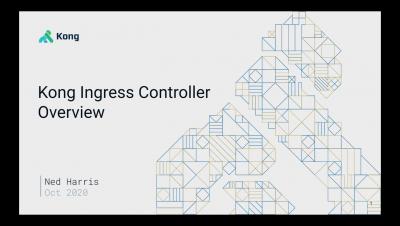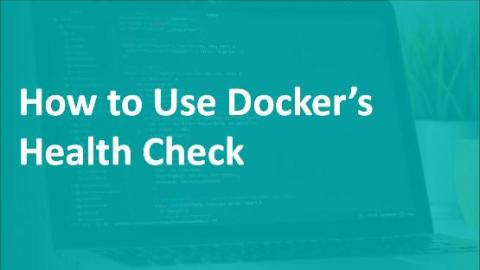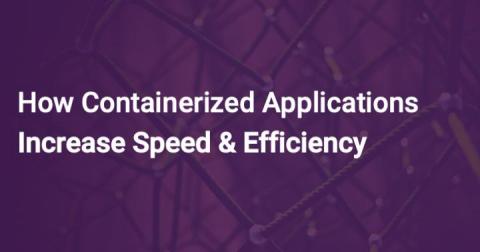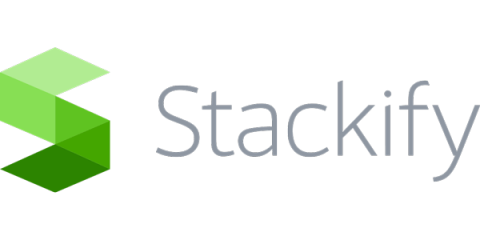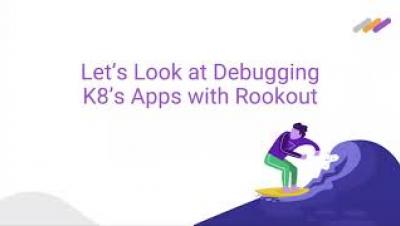Systems | Development | Analytics | API | Testing
Containers
Kong Ingress Controller Demo | Kong Summit 2020
How GPUaaS On Kubeflow Can Boost Your Productivity
Tapping into more compute power is the next frontier of data science. Data scientists need it to complete increasingly complex machine learning (ML) and deep learning (DL) tasks without it taking forever. Otherwise, faced with a long wait for compute jobs to finish, data scientists give in to the temptation to test smaller datasets or run fewer iterations in order to produce results more quickly.
How to Use Docker's Health Check Command
In this guide, we are going to see what a Docker health check is and how to configure it for your Docker containers. A Health Check means to check the health of any resource to determine whether that resource is operating normally. Here, it is about checking the health of Docker containers. If you’ve been using docker containers in production, you might have noticed that docker checks the status of a container by using the status of the process (PID) launched from the Docker file command.
Why do Kubernetes pods stay in pending state?
Kubernetes refers to an open-source platform managing containerized service. This portable system simplifies automation and configuration. You can link an app in a Kubernetes cluster and connect it to IBM Cloud Kubernetes service through the VPN. In this article, we will focus on why your kubernetes pod stays in pending state.
How Containerized Applications Increase Speed & Efficiency
Most modern applications today are being designed as a set of microservices with each service running as an independent application. This simply implies that one large application is broken down into small Apps running independently and only communicating with each other. This of course makes it much easier to build and maintain Apps but also offers way more value when combined with containerization technology.
How to configure HTTPS for an Nginx Docker Container
There are a few ways to effectively configure HTTPs for an Nginx Docker Container. In this guide, we will quickly cover configuration through the use of free certificate authority Let’s Encrypt. For plenty of people, using Let’s Encrypt to configure HTTPS for an Nginx docker container is a good option. A paid version like Comodo’s SSL certificates may make more sense if you want to increase the security of your site and server.
Debugging Kubernetes Applications on the Fly
Over the recent years, software development organizations have seen a major shift in where they build and run their applications. Teams have transitioned from building applications that run exclusively on-prem to microservices applications that are built to run natively in the cloud. This shift gives businesses more flexibility as well as quick and easy access to enterprise services without the need to host costly applications and infrastructure.
Kong for Kubernetes 0.10 Released With Ingress v1 Resource, Improved Ingress Class Handling, and More!
Kong for Kubernetes is a Kubernetes Ingress Controller and a full-fledged edge-router which can route traffic to any destination of your choice. In addition to Ingress management, it provides enhanced security and management capabilities. With Kong, you can use Kubernetes not just for running your workloads but also for securing and monitoring connectivity between your workloads – all managed via Kubernetes manifests .



